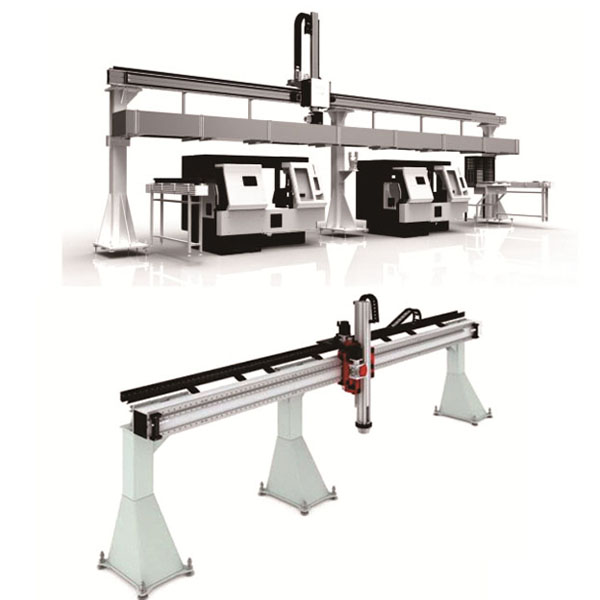1. Classification of rubber molds
Rubber molds are divided into four commonly used molds according to the mold structure and product production process: compression molding molds, die-casting molding molds, injection molding molds, and extrusion molding molds, as well as some special rubber molds for producing special rubber products, such as inflatable molds, Dipping molds, etc. Kunshan Keshide Automation Machinery Co., Ltd. is a rubber injection molding machine automation manufacturer
1. Press forming mold
Also known as ordinary compression mold. It puts the mixed, processed into a certain shape and weighed semi-finished rubber material directly into the mold, and then sends it to the plate vulcanizer for pressure and heating. The rubber material is vulcanized and formed under pressure and heating.
Features: The mold has simple structure, strong versatility, wide range of use, and convenient operation, so it occupies a large proportion of rubber molded products.
2. Die casting mould
Also known as transfer mold or extrusion mold. It is to put the mixed, simple shape, a certain limited amount of semi-finished rubber or rubber block into the die-casting mold cavity, squeeze the rubber through the pressure of the die-casting plug, and make the rubber enter the mold cavity through the pouring system Medium vulcanization stereotypes.
Features: It is more complex than ordinary compression molds, and is suitable for making thin-walled, slender and flexible products that cannot be compressed or barely compressed by ordinary compression molding, as well as rubber products with complex shapes and difficult to feed. The products produced by this mold have good compactness and superior quality.
3. Injection mould
It is to inject the rubber material preheated into a plastic state into the mold through the pouring system of the injection mold to shape and vulcanize.
Features: complex structure, suitable for large-scale, thick-walled, thin-walled, and complex-shaped products. The production efficiency is high, the quality is stable, and automatic production can be realized.
4. Extrusion mould
The semi-finished rubber profiles of various cross-sectional shapes are made by the molding die of the machine head to achieve the purpose of preliminary modeling, and then are cooled and shaped and transported to the vulcanizing tank for vulcanization or used as the pre-formed semi-finished rubber material required by the compression molding method.

CASEND Automation Machinery Co., Ltd.It mainly produces rubber and plastic machinery automation and peripheral automation equipment. It is a high-tech rubber automation enterprise integrating product development, design, manufacturing, sales and service. The company’s products are widely used in a variety of industries, including: home appliances, computer and peripheral industries, optoelectronics, cosmetics, automotive, clocks and watches, precision gears, PET preforms, beach tables and chairs, audio-visual music, guiding Optical panel industry, communication electronics industry, mobile phone industry, medical supplies industry, pharmaceutical packaging industry, food packaging industry...etc. Provide high-quality, high-efficiency, and reasonable-priced automation products for the rubber machinery automation industry. Landline: 0512-36807318 Website: www.casend.net Welcome everyone to come to consult.